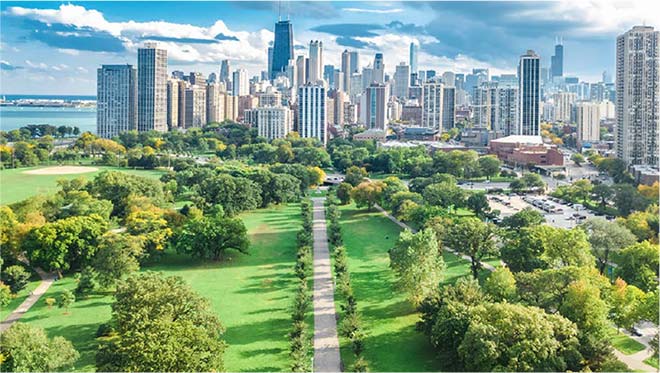
Overview
Major cities around the globe are being overrun by human made structures such as buildings, vehicles, super structures, etc. And more and more governments are urging councils to re-populate cities to be greener by planting trees and setting up parks. The remodeling of such cities involves major overhaul of public spaces with heavy machinery. To expedite the process, our customer is interested in simplifying the tree planting process by two possible methods to make the city greener. (1)By means of teleoperation, remote controlled by a human and (2) a machine that is capable of full autonomous tree planting operation.
 They developed a miniaturized semiautonomous tree planter. The hardware is designed to facilitate full automation with sensors, and capable to achieving remote teleoperation if need be. The tree planting automation is broken down into two major steps, first is the tree trunk grasping and second is the planting motion. Traditionally, planting machinery is massive in size and hard to maneuver in suburban areas. By designing a smaller and flexible semi-autonomous tree planter, it allows for simultaneous deployments for planting efficiency and minimizes hard labor while removing hidden dangers away from workers.
They developed a miniaturized semiautonomous tree planter. The hardware is designed to facilitate full automation with sensors, and capable to achieving remote teleoperation if need be. The tree planting automation is broken down into two major steps, first is the tree trunk grasping and second is the planting motion. Traditionally, planting machinery is massive in size and hard to maneuver in suburban areas. By designing a smaller and flexible semi-autonomous tree planter, it allows for simultaneous deployments for planting efficiency and minimizes hard labor while removing hidden dangers away from workers.
Challenges
In terms of hardware, there are three challenges our customers faced. One, machines deployed on the semiautonomous planter often operate in the field, thus are subject to various weather conditions. This troubled their deployment, which in their initial tests with another company’s computing platform, the temperature under the sun exceeded 50°C causing it to thermal throttle, resulting in performance degradation. The system overall was hampered by the throttling CPU, and was not returning the expected productivity and performance. This was especially the case when remote controlling the harvester where additional wireless communication module suffered, which may have contributed additional heat to the system, or the module would suffer intermittingly from the heat generated by the system.
Two, the customer constantly found loose end connections due to the vehicle moving, likely due to the moving and vibrating vehicle and onboard robotic structures.
Three, the system needed to offer enough connections for cameras/ sensors/ LiDARs, provide enough computation power, control the robotic arm, drive and position the planter into spot to plant the tree.

Solution
The solution came in the form of Neousys edge AI platform that met their specifications for edge AI processing, connectivity for multiple sensors, LiDARs, etc. The inclusion of RTX graphics card meant AI inference capability to provide real-time judgment and decision making. In addition, the Neousys platform offered true wide-temperature operation, up to 60°C. Once installed, working under sunny conditions, and thanks to Neousys’ unique thermal dissipation design, the CPU did not throttle. With a Neousys edge AI platform at the helm, the system in the field was returning increased productivity and was performing above par. The system also employed a Neousys patented GPU bracket to ensure the graphics card would be held securely in place while deployed in a vehicle.
Neousys Nuvo rugged embedded systems feature plenty of PoE+, GigE, and USB3.2 Gen1 ports to connect to sensors, cameras, LiDARs, etc. The screw-lock mechanism guarantees the cables will remain securely connected in constant shock and vibrating environments. The Nuvo systems also have internal expansion slots for installing WiFi 6/ 5 or 4/5G wireless communication modules, making it the ideal onboard computer system for complex robotic automation, vehicle control or remote teleoperation.






